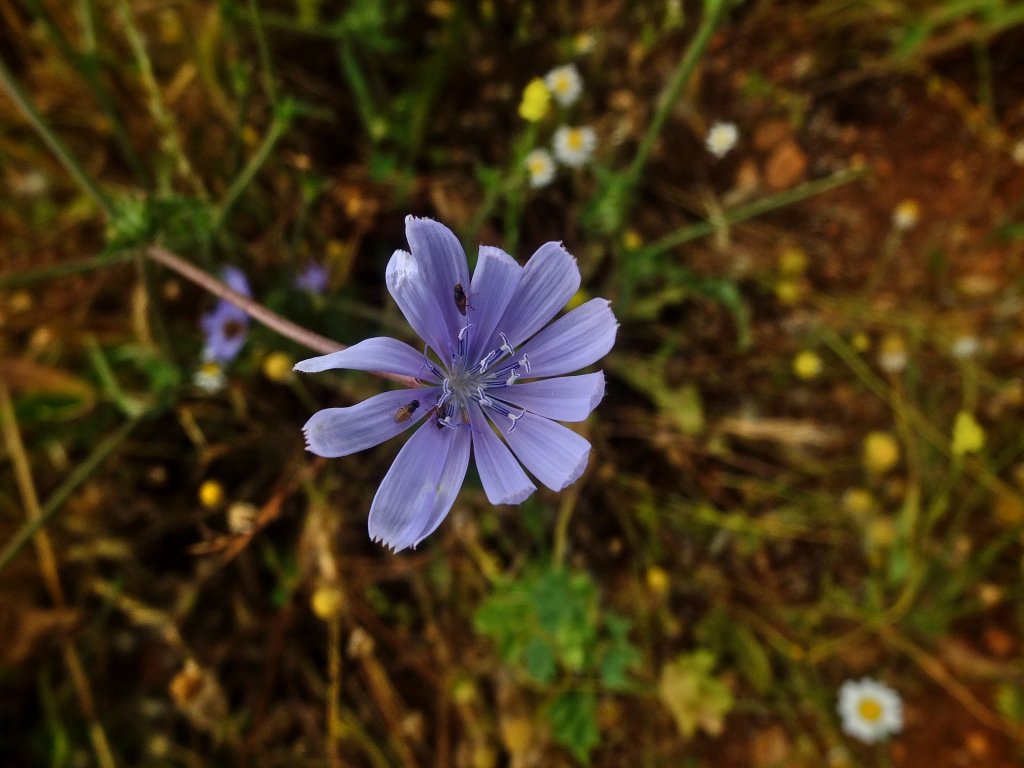In the early 2000s, when I first visited Plum Village, the mindfulness practice community near Bordeaux, it was vegetarian. In some of the meals they would include eggs and dairy products, then, as a response to climate change, Thich Nhat Hanh and the community members decided that Plum Village would observe a vegan diet. That was how the retreat I just attended was also conducted. As someone at the end of the retreat calculated, that was 360 delicious meals prepared without the use of animal products.
I learn from Greta Thunberg’s new book (“The Climate Book” that “shifting towards a plant-based diet could save us up to 8 billion tonnes of CO2 every year. The land requirements of meat and dairy production are equivalent to an area the size of North and South America combined.”

Thich Nhat Hanh was a little ahead of the mainstream in his understanding and adaptation to the climate emergency, but actually, the book that first turned me on to vegetarianism, after leaving my parents’ home in the ’70s, was “Diet for a Small Planet”, which was written in 1971 by Frances Moore Lappé. That was really far ahead in its promotion of a vegetarian diet for the good of the planet.
